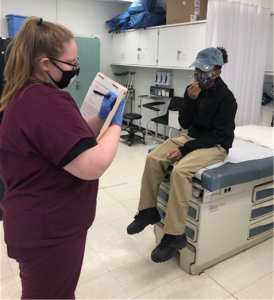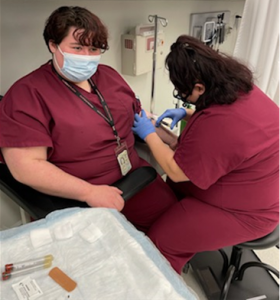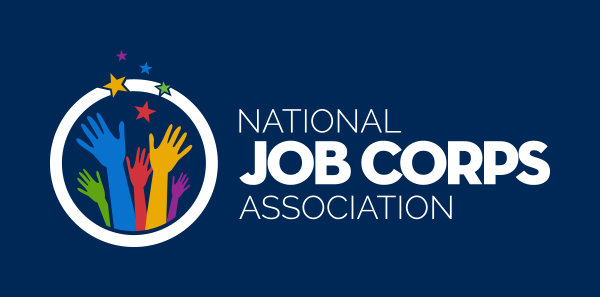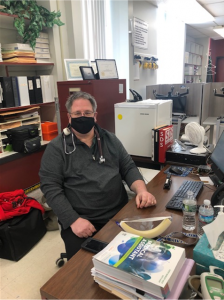“I love being in CMA because I love to help others. In our class, we take our trade seriously, but we can also be silly and support each other as well while doing so. CMA has so far been a great class to be a part of. The students and especially the instructor fully support each other and we work hard and help each other get through the course.” – Emily Barbour
Medical Assisting is often cited as one
of the fastest growing careers. On the other hand, many people perceive Medical Assisting as just a stepping stone toward other things, forgetting it’s a bona fide profession, a career choice in and of itself. Many Medical Assistants remain in the field for their whole lives because they love the work.
The Medical Assisting specialties are limitless. One of the attractive facts about Medical Assisting is its variety. Medical Assistants work with every kind of doctor and in every kind of medical practice. Whether you’re interested in obstetrics, podiatry, or medical weight loss, there are Medical Assisting positions in that specialty.
Your first Medical Assisting job is rarely the end of the story of your career. While some MAs do stay with the same doctor and practice until they retire, most branch out to experience work in larger or smaller or different specialty offices. Some Medical Assistants become nurses, radiologists, or physician assistants. Some gradually become office managers of their practice. Some pursue higher education and become Medical Assisting instructors. The career options for Medical Assistants are as limitless as the specialty tracks.
Medical Assistants work directly under medical doctors, and so are under their jurisdiction. This means MAs can perform any duties their physician or practice has trained them to do competently. Beyond vitals and patient preparation, Medical Assistants may collect blood, run ECGs, or even take out stitches, depending on their practice.
Receptionists and the front office have a lot of control in how things operate, but ultimately patient flow—going from the waiting room to waiting in the exam room to seeing the physician—is usually up to Medical Assistants. They communicate between the front and back offices and so are responsible for moving patients through both.
The median annual wage for medical assistants was $34,800 in May 2019. The median wage is the wage at which half the workers in an occupation earned more than that amount and half earned less. The lowest 10 percent earned less than $25,820, and the highest 10 percent earned more than $48,720.
Employment of medical assistants is projected to grow 19 percent from 2019 to 2029, much faster than the average for all occupations. The growth of the aging baby-boom population will continue to increase demand for preventive medical services, which are often provided by physicians. As a result, physicians will hire more assistants to perform routine administrative and clinical duties, allowing the physicians to see more patients.





 JOB CORPS
JOB CORPS 